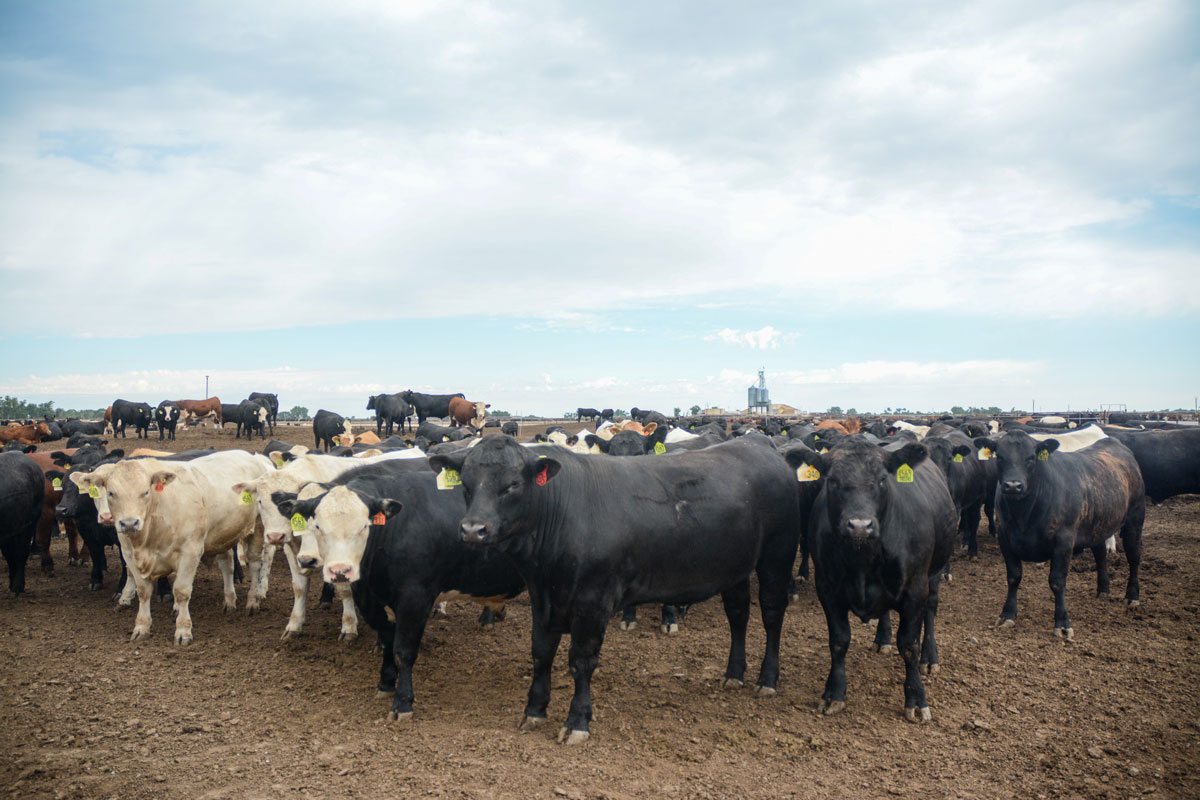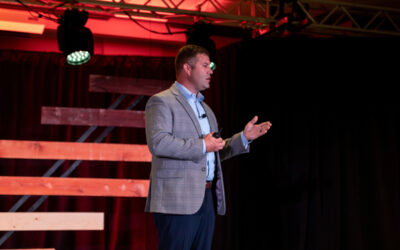
A commodity
Commodity: “a raw material or agricultural product that can be bought and sold…….”
Cattle are a commodity. Wheat, corn, copper, gold, oil, and natural gas are commodities as well. Sugar, cocoa, lumber, unleaded gasoline, and cotton all qualify.
While I did not study the root word for “commodity,” it sounds like another word I know: common! That doesn’t make it sound very special, does it? Oil is oil,cotton is cotton,wheat is wheat, and beef is beef, right? Well, perhaps for general discussion, that is the case.
However, we all know that within all commodity products, there are differences. For instance, there is light, sweet crude oil; there’s number 2 yellow corn, and I won’t pretend to know the differences in cotton. And even within those categories, at least in some cases, there are further divisions as pertains to how high of quality the product is. For instance, standard test weight for hard red winter wheat is 60 lb. per bushel. Light test weight wheat, at say 54 lb., is not a good thing. You are under the standard, and you’re going to get a discount for that because your bushel volume weighs less than that standard.
Same way in finished cattle……Prime, CAB, Choice, Select, Standard…..with different prices paid by packers, purveyors, and eventually, consumers, for all those different grades.
On the road recently to a licensed feedlot, I saw a tremendous pen of black heifers and was inspired to take a picture as I really appreciate a great set of fed cattle. Next alley over, was a pretty common pen….probably very typical of what most of us would term “commodity cattle.” While I wasn’t as excited about the latter, the differences betweeen the two pens was unmistakeable, and I snapped a shot of them, too.
Here’s what I call “commodity cattle:”
Unknown origin, put-together, mixed colored bovines. We see some blacks, some reds, some yellow, some white, some spotted, some horned, some heavy muscled, some light muscled.
These cattle are going to be sold on a live, cash market, all for the same price per pound. Some will make it into some branded products; many will not. How they will grade is anybody’s guess!

As a good (cattle-buyer) friend of mine would say when driving through a large yard of commodity cattle in western Kansas; “Gary, there’s a home for every one of them.” And I would say, “Yes, but for some it is the county poor home, and for some it is the Golden Age Retirement Center and Shuffel Board Development Facility!”
Now let’s take a look at that pen I was excited about: uniform, black, heavily Angus-influenced pen of heifers. Put your packer glasses on now and tell me which pen you’d rather buy:
Big, stout, deep sided, wide-based Angus heifers showing some fat cover and muscle definition. Knowing the background on the genetics of these gals confirms in my mind which ones I’d put my money on. We would know the sires of these calves, and what their EPDs are for growth and carcass merit.
Once we get the harvest data on them, we’ll discover how many qualify for the CAB brand. My wager is: A BUNCH!

High quality cattle may cost more to buy, but they also bring more back and are more profitable…….and if you are a cow-calf producer, it doesn’t cost any more to raise a good one than it does to raise a bad one.
A white paper by Shawn Walter of Professional Cattle Consultants, bears this out. The highest quality grading 1/3 of the cattle in this study made twice as much money, per head, than the lowest grading 1/3. The highest profit group had the highest percentage of cattle grading USDA Choice and upper 2/3rds Choice.
The industry is full of commodity cattle. We see them every day, all over the country. But the trend is changing as consumers vote with their pocketbooks and buy higher-quality beef, like CAB, in their grocery stores, supermarkets, and restaurants.
Why else would the CAB program grow by 17% during the past fiscal year, and just experience the largest month ever with sales of 70 million pounds!? Why else would the industry balloon to a harvest mix that is 63% black hided and see CAB acceptance rates that have nearly doubled in the past six years?
While cattle can indeed be termed a “commodity”, there are HUGE differences within a specific commodity. As the old saying goes about buying oats: “if you want bright, clean, heavy oats, you will have to pay a price; however, if you want the kind that have already been run through the horse, then those are somewhat cheaper.”
Until next time, adios!
You may also like
Success, Despite Challenges
Today’s market is complex and competitive. The collective effort of stakeholders across the supply chain positions Certified Angus Beef to meet the record demand for premium beef moving forward. Signals across the beef industry are clear and Angus farmers and ranchers seeking high-quality genetics that deliver premium beef are producing a product in high demand.
Keep the Supply Coming
A record-high 800 registrants from 17 countries gathered in Austin, Texas, to learn more about CAB, become inspired by the culinary work of chefs and pitmasters, and celebrate sales and production success. But at the forefront: supply and demand, a reflection of the chaotic past year, and preparing for what’s ahead.
Consumer Demand, Power of Quality
Demand for high-quality beef persists. But with that demand comes challenges. From tight cattle supplies to higher costs and increasing pressure on retailers to deliver a consistent eating experience, the pressure is on. David O’Diam, CAB VP of retail, addressed the current retail beef environment, highlighting both opportunities and challenges in today’s marketplace.



